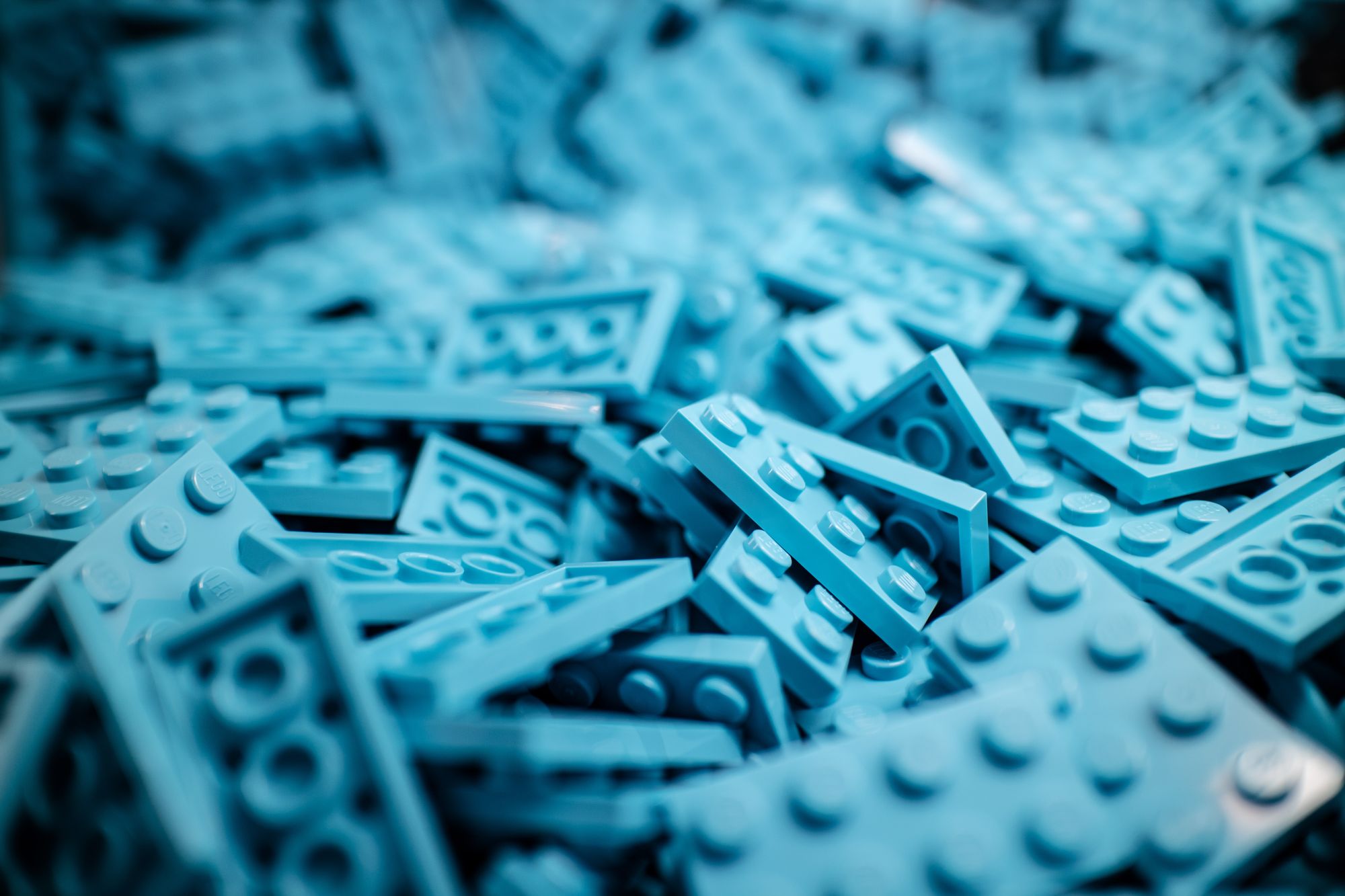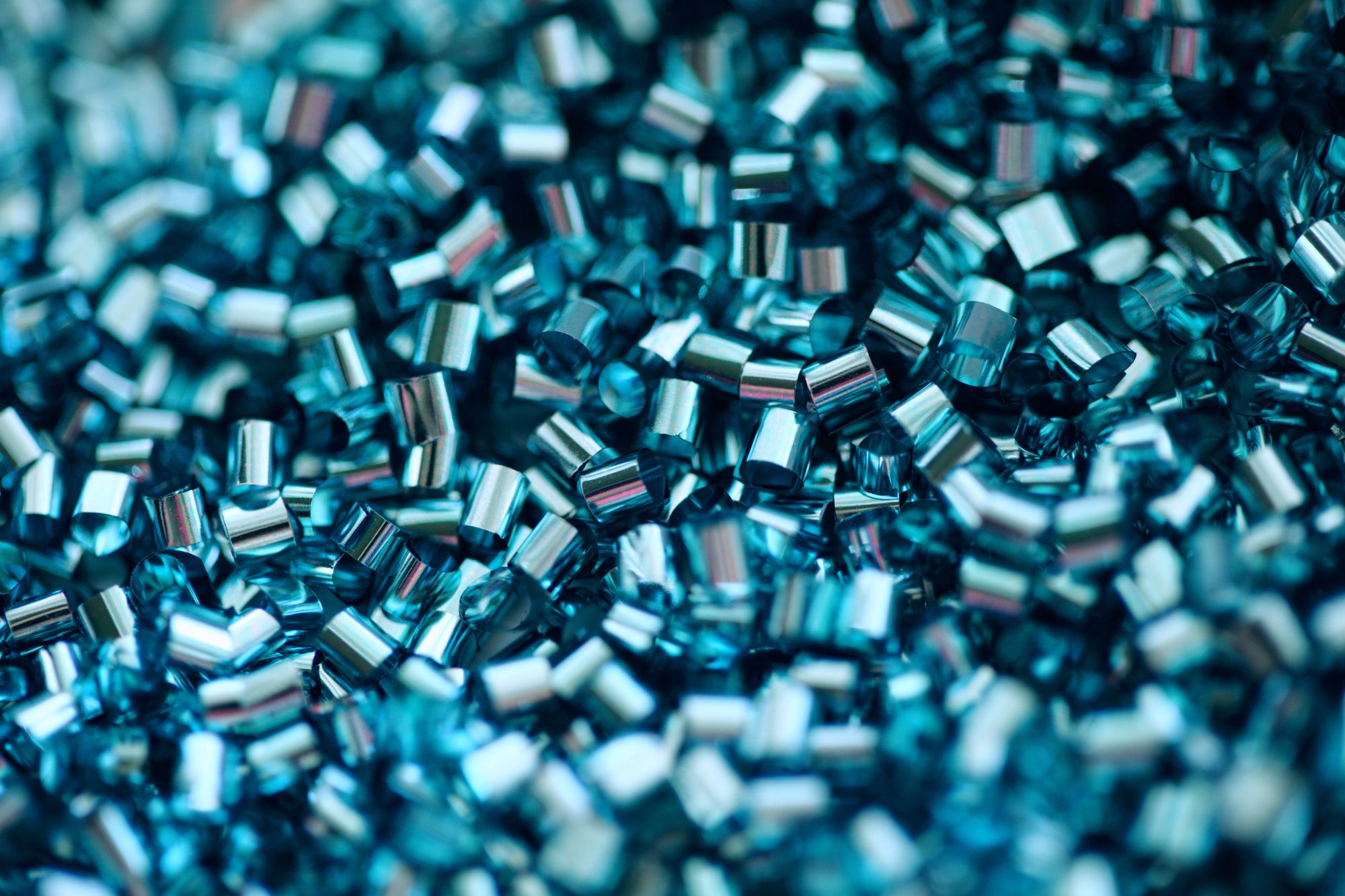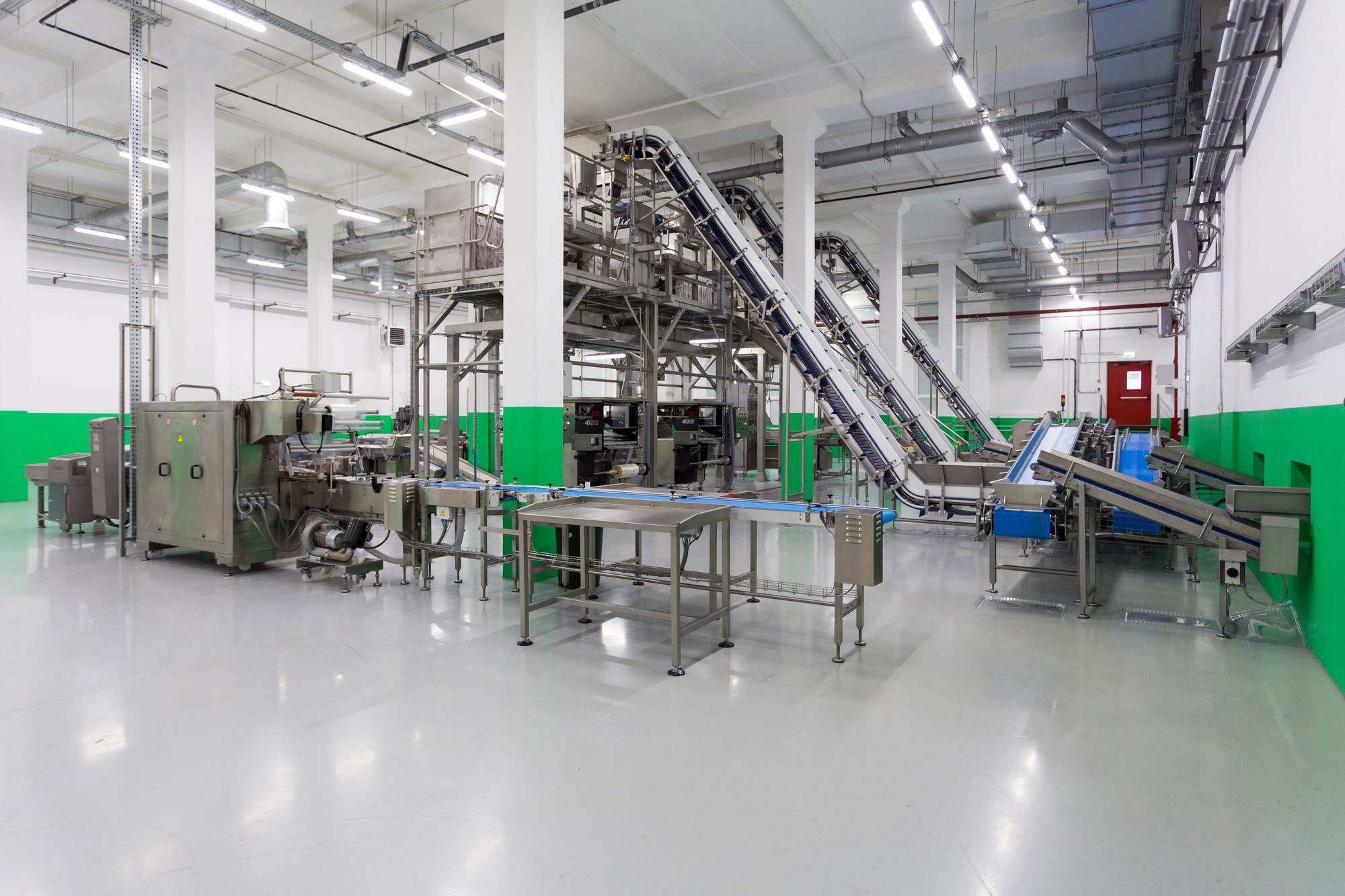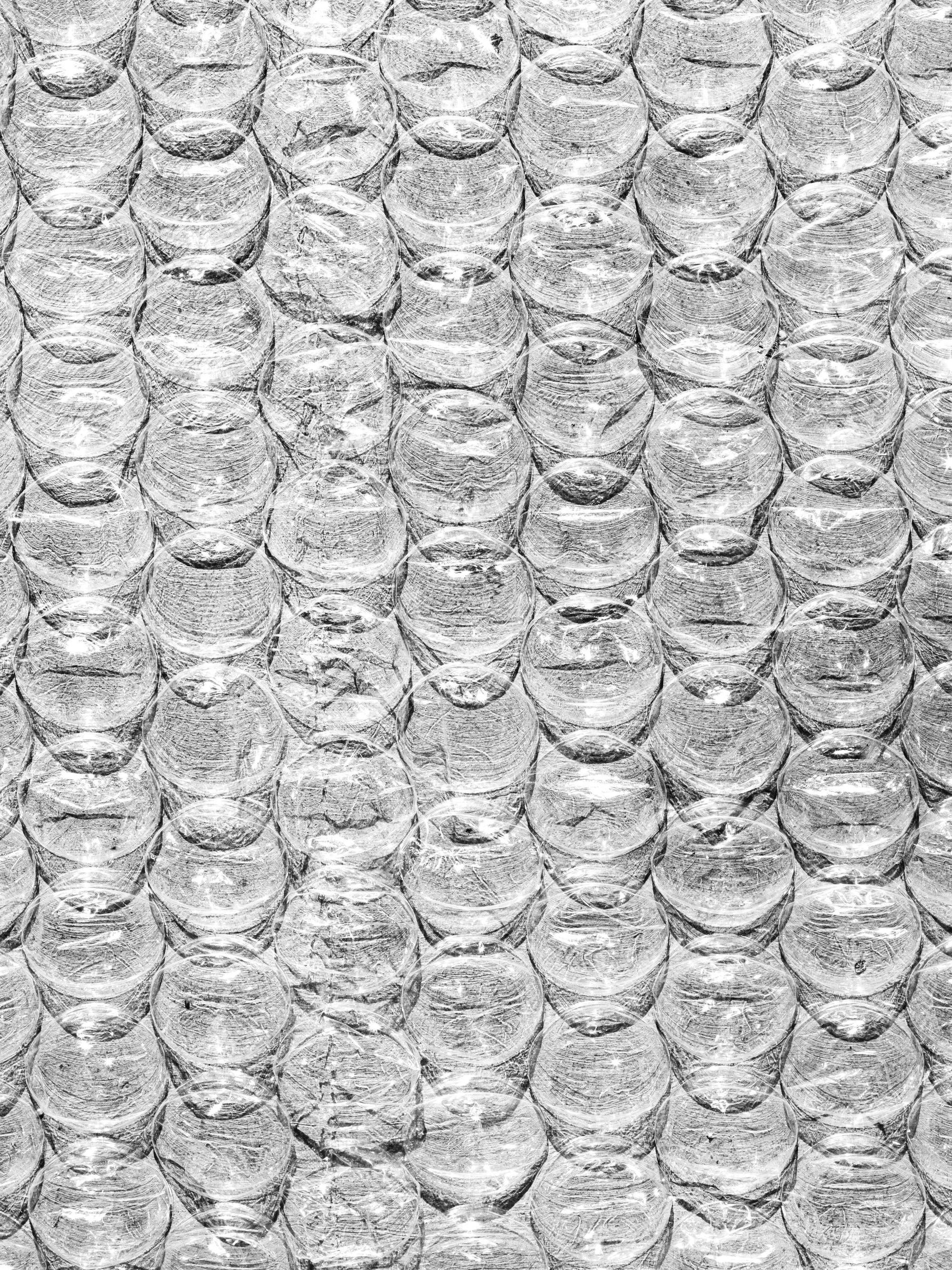One of the most important advantages of plastic production is that it is cost-effective. It is a lightweight material that is easy to transport and store. In addition, plastic is durable and can last for years without needing to be replaced. This makes it a great choice for industries that require materials that have a long lifespan. Furthermore, plastic can be recycled, which helps to save costs and conserve resources.
This article covers the following:
- The History of Plastic Production
- The Environmental Impact of Plastic Production
- The Benefits of Recycled Plastics
- The Pros and Cons of Plastic Production
- Plastic Production Around the World
- Innovations in Plastic Production
- Alternatives to Plastic Production
- Plastic Production and the Economy
- The Future of Plastic Production 10. Interesting Facts About Plastic Production
The History of Plastic Production
The history of plastic production is a long and fascinating one. It began in the late 19th century with the discovery of a natural form of rubber, known as gutta-percha. This substance was derived from the sap of the Pará rubber tree, native to Southeast Asia.
The first synthetic plastic was created in 1907 by Leo Baekeland, who was an American chemist. He called it “Bakelite” and it was a phenol formaldehyde resin, the first fully synthetic plastic. In the 1930s, new types of plastic materials were developed, such as polyethylene, polyvinyl chloride, and polystyrene.
These plastics could be molded into different shapes and were used in a variety of applications, including packaging, toys, and housewares. During World War II, plastics were used extensively in the production of aircraft and other military equipment. In the 1950s and 1960s, plastic production expanded even further.
New types of plastics, such as polypropylene, acrylics, and nylon, were developed and used in a variety of applications. Plastic products became ubiquitous in the home, replacing metal, glass, and wood products in many areas.
The 1970s saw the development of new types of plastic products, such as polycarbonates and polyurethanes. These products were used in the production of computers, appliances, and medical devices.
In the 1980s, plastic production increased even further and plastic products were used in almost every area of life. The 1990s saw the development of bioplastics, which are plastics made from renewable resources such as corn starch and sugar cane.
Bioplastics are more environmentally friendly than traditional plastics, as they are made from renewable resources and can be broken down by microorganisms. Today, plastic production has become a multi-billion-dollar industry.
Plastics are used in almost every area of life, from packaging and medical devices to automobiles and furniture. While the environmental impact of plastic production has been a source of concern in recent years, plastic production continues to be an important part of the global economy.
The Environmental Impact of Plastic Production
Plastic has been a major part of everyday life for decades. It has been used to create products ranging from medical equipment to packaging to toys. But the production of plastic can have a negative environmental impact.
This article examines the environmental impact of plastic production and what can be done to reduce it. Plastic production is an energy-intensive process, requiring large amounts of heat, pressure and chemicals to turn raw materials into finished products.
The production of plastic can emit pollutants such as carbon dioxide and other greenhouse gases, which are known to contribute to global warming. It can also release toxic substances into the environment, which can contaminate air, water and soil.
The disposal of plastic can also have negative environmental consequences. Plastics are usually not biodegradable, meaning they can last for hundreds or even thousands of years in landfills.
As plastics break down, they can release toxins into the air and water, which can have a damaging effect on ecosystems. Plastics are also one of the most common sources of marine debris.
Plastics that are discarded in the ocean can be eaten by marine animals, who can suffer from digestive blockages or chemical poisoning. In addition, plastic debris can block sunlight from reaching the ocean floor, which can affect marine plants and animals in the area.
The production of plastic can also have an impact on workers. Plastic production often takes place in factories, where workers may be exposed to toxic chemicals and fumes. This can lead to health problems such as respiratory illnesses, skin disorders and even cancer.
The good news is that it is possible to reduce the environmental impact of plastic production. Companies can take steps to reduce their energy consumption and emissions, and use more efficient production methods. Consumers can also help by reducing their use of single-use plastics and disposing of them properly.
Recycling is another important way to reduce the environmental impact of plastic production. Recycling plastic allows companies to reclaim valuable materials and create new products without having to use as much energy or resources.
In conclusion, plastic production has an environmental impact. But by taking steps to reduce energy consumption, emissions and waste, companies and consumers can help to reduce the environmental impact of plastic production.
The Benefits of Recycled Plastics
We all know how damaging plastic production can be to the environment, but what many people don’t know is that recycled plastics can actually help to reduce the amount of plastic that is thrown away. By taking steps to recycle and reuse plastic products, we can help to reduce the amount of plastic that is produced and landfilled each year. Here are some of the benefits of using recycled plastics:
Resource Conservation
Recycled plastics can help reduce the reliance on natural resources, such as oil, which is used to make plastic. By recycling, we can cut back on the amount of oil needed to make new plastic products.
Reduced Emissions
Recycling plastic can help to reduce emissions from plastic production by decreasing the amount of energy and electricity needed to create new plastic products.
Cost Savings
Recycling plastic can help to reduce production costs and save money. When plastic is recycled, it costs less to make new products, which can help to keep product prices down.
Reduced Waste
By recycling plastic, we can help to reduce the amount of plastic that ends up in landfills and helps to keep the environment clean. Recycling plastic is an important step in reducing plastic waste and helping to preserve the environment. By taking steps to recycle plastic, we can help to reduce the amount of plastic that ends up in landfills, conserve resources, reduce emissions, and save money.
The Pros and Cons of Plastic Production
In today’s world, plastic production has become a major industry. It’s used for a variety of purposes, from food packaging to medical supplies. But along with its many benefits, there are some potential drawbacks to consider. Here’s a look at the pros and cons of plastic production.
Pros
Plastic is versatile and durable. It can be used to make a wide variety of products, from medical supplies to toys. It’s also lightweight and resistant to corrosion, making it a great choice for many applications.
-Plastic is relatively inexpensive. This makes it a great option for companies looking to cut costs.
-Plastic is recyclable. Many plastic products can be melted down and reused for new items. This helps reduce waste and conserve resources.
Cons:
-Plastic production is energy-intensive. Manufacturing plastic requires large amounts of electricity and natural resources. This can have a negative environmental impact. -Plastic is not biodegradable. When plastic is discarded, it can take hundreds of years to break down.
This can lead to pollution if not disposed of properly. -Plastic can be hazardous to health. Some plastics contain toxic chemicals, which can leach into food and drink and cause health problems.
Overall, plastic production has many advantages and disadvantages. Companies should carefully consider all of the pros and cons before deciding whether to use plastic for their products. By taking the time to weigh the pros and cons of plastic production, companies can make informed decisions and help protect the environment.
Basics of Plastic Production
Plastic production has become a major industry over the past few decades. It is used in almost every aspect of our lives, from packaging to automotive parts, medical devices, and toys.
Despite its widespread use, few people know the basics of plastic production. This blog will provide an overview of the process, from the raw materials to the finished product. The first step in plastic production is to select the raw materials.
This usually includes polymers like polyethylene, polypropylene, polystyrene, and polyvinyl chloride, as well as additives like pigments, stabilizers, and plasticizers. The polymers are mixed together with the additives in a process called compounding.
The result is a homogenous blend of materials that can be formed into a variety of shapes. The next step is molding. This is when the plastic is heated and injected into a metal or plastic mold.
As the plastic cools and hardens, it takes the shape of the mold. This process is used to create everything from plastic cups to complex automotive parts. Once the plastic is molded, it often needs to be decorated or otherwise finished.
This can include painting, hot stamping, printing, or other processes. Depending on the product, these finishes may be required for both aesthetic and functional reasons. Finally, the plastic parts are assembled and packaged for shipment.
This ensures that the parts are protected during transport and arrive in pristine condition. Plastic production is a complex process that requires specialized knowledge and equipment. By understanding the basics of the process, you can better appreciate the products that we use every day.
Plastic Production Around the World
Plastic production has been on the rise around the world for decades. It has become an indispensable part of our daily lives, from packaging to toys, furniture, and even medical supplies. But with the growing awareness of the environmental and health impacts of plastic, many countries have started to take action to reduce plastic production and consumption.
In 2018, the European Union (EU) introduced a ban on single-use plastics, such as plastic straws, cutlery, and cotton buds. Since then, other countries, including Canada, India, and the United States, have followed suit with similar bans.
At the same time, some countries have taken a more proactive approach to reducing plastic production. In 2017, China announced a ban on imports of plastic waste, which has since been followed by other countries, including India, Thailand, and Vietnam.
This has significantly reduced the amount of plastic waste being sent to these countries, which in turn has reduced the demand for new plastic production. However, plastic production is still taking place around the world.
It is estimated that over 300 million tons of plastic are produced annually, and this number is projected to increase in the coming years. As such, countries must take further action to reduce plastic production and consumption.
One way to do this is through the use of recycled plastic, which uses significantly less energy and resources to produce than regular plastic. This can help to reduce the amount of plastic waste produced and ensure that plastic is responsibly used.
Another way is through the introduction of taxes on plastic production and consumption. This could provide incentives for companies to reduce their plastic use, and discourage consumers from buying single-use plastics.
Ultimately, plastic production around the world must be reduced if we are to protect our environment and health. It is encouraging to see countries taking action to reduce their plastic production and consumption, but more needs to be done in order to achieve a sustainable future.
Innovations in Plastic Production
The world is increasingly turning to plastic for its various applications, from construction to consumer products. But with rapid plastic production comes the need for more sustainable production solutions.
Fortunately, the industry is responding with innovations in plastic production that are making plastic production more sustainable and efficient. One of the most exciting innovations in plastic production is the use of bioplastics.
These plastics are derived from renewable sources like corn and sugarcane, reducing the need for fossil fuels in their production. They are also designed to be biodegradable, so they won't end up in landfills or oceans.
Another innovation in plastic production is the use of recycled materials. Many companies are now collecting and recycling plastic waste to use in the production of new plastic products.
This reduces the demand for new plastic and prevents plastic waste from ending up in landfills or oceans. 3D printing is another innovation in plastic production. This technology allows companies to create complex, custom plastic products with minimal waste.
3D printing also eliminates the need for traditional molding, saving time and money. Finally, advances in plastic production are also creating new types of plastic that are more sustainable and efficient.
For example, new plant-based plastics are being developed that are biodegradable and require less energy to produce. Similarly, new plastic composites are being developed that are stronger and lighter than traditional plastics.
These innovations in plastic production are helping to make the industry more sustainable and efficient. As new advances continue to be made, we can expect even more progress in the plastic production industry in the years to come.
Alternatives to Plastic Production
As the world continues to grapple with the environmental impact of plastic production and consumption, it’s becoming increasingly important to explore alternatives. Many of these alternatives are biodegradable and sustainable, and many of them can be used in a variety of ways. Here are some of the most promising alternatives to plastic production:
Compostable Materials: Compostable materials, such as cornstarch, sugarcane, and bamboo, are becoming increasingly popular alternatives to plastic. These materials can be broken down in a compost heap, meaning they won’t end up in landfills or polluting the environment.
Paper and Cardboard: These materials are lightweight, biodegradable, and can be recycled. They’re also becoming increasingly popular for packaging and shipping, as they can be easily customised to protect products and are much more affordable than plastic.
Aluminum: Aluminum is one of the most sustainable materials around, as it’s 100% recyclable and can be reused indefinitely. It’s also lightweight and durable, making it an ideal choice for many products and packaging solutions.
Glass: Glass is one of the oldest packaging materials around and is a great alternative to plastic. It’s 100% recyclable and can be reused multiple times, making it an environmentally friendly option.
Wood: Wood is a great sustainable alternative to plastic, as it’s both biodegradable and recyclable. It’s also lightweight and durable, making it an ideal choice for many products and packaging solutions.
As the world looks for more sustainable solutions to plastic production, these alternatives are a great start. They’re eco-friendly, affordable, and can be used in a variety of ways. With a little creativity and effort, these materials can help reduce the environmental impact of plastic and make the world a cleaner, greener place.
Plastic Production and the Economy
Plastic production has revolutionized the way we produce and consume goods. It has become an integral part of our lives, from plastic containers to plastic bags, from cars to airplanes, from computers to phones, and from toys to furniture. But what many people don’t realize is that plastic production has an immense impact on the economy. The first and most obvious impact on the economy is the plastic industry itself.
Plastic production is a huge industry, employing hundreds of thousands of people worldwide. It is a major source of jobs and income, and contributes to the global economy in a big way.
The second impact is the cost savings that plastic production brings. Plastic products are often much cheaper than their metal or wooden counterparts, making them more accessible to consumers.
This in turn drives up demand, which ultimately increases production and stimulates the economy. The third impact is the environmental benefit of plastic production. Plastic products are much more durable and long lasting than metal or wooden products, meaning that less resources are needed to produce and replace them. This helps to conserve natural resources and reduce pollution.
Finally, plastic production also helps to stimulate innovation. Plastic products can often be customized to meet specific needs, and this leads to the development of new and innovative products.
This in turn helps to drive economic growth. Plastic production is a powerful and important tool for the economy. It provides jobs, cost savings, environmental benefits, and helps to stimulate innovation. It is a key part of the global economy, and will continue to be for years to come.
The Future of Plastic Production
The future of plastic production is of great importance to the human race. With rising levels of plastic pollution and the devastating effects it can have on the environment and our health, the need to reduce our reliance on plastic and increase its sustainability is becoming ever more pressing.
Thankfully, there is growing awareness of the need to reduce plastic production and use, and this is leading to a number of innovative solutions being developed. One of the most promising developments is the use of bioplastics.
These are plastics made from renewable, organic sources such as corn starch, sugar cane, and vegetable oil. They can be broken down by bacteria, making them a much more sustainable alternative to traditional plastic.
Another promising development is the use of recycled plastic. This is plastic that has been used before and can be broken down and used again in new products. This reduces the need for new plastic production and can help reduce the amount of plastic waste in the world.
Finally, 3D printing is also a promising technology that could help reduce our reliance on plastic production. By printing out products, such as toys and tools, instead of buying them pre-made, companies can reduce the amount of plastic they use.
The future of plastic production is an important issue to consider. The good news is that there are a number of promising solutions being developed that could reduce our reliance on plastic and help make it more sustainable. By embracing these solutions and reducing our plastic consumption, we can help make the world a cleaner, safer place.
Interesting Facts About Plastic Production
Plastics are a ubiquitous part of our lives, but many people don’t realize how much goes into the production of these materials. From the raw materials used to the environmental impacts, there’s a lot to know about plastic production. Here are some interesting facts about plastic production that you may not have known.
1. Plastic production is a major polluter. The production of plastic is a major source of air, water and land pollution. From the production of the raw materials to the manufacturing of the finished materials, plastic production has a wide range of environmental impacts.
2. Recycling plastic is not always a viable solution. While recycling plastic is a great way to reduce waste, it is not always a feasible option. This is due to the fact that plastic can only be recycled a limited number of times before it is no longer usable.
3. Most plastic is produced from oil and natural gas. Much of the plastic produced today is made from petroleum-based raw materials such as oil and natural gas. This means that the production of plastic is heavily dependent on the availability of these resources. 4. Plastic production is a huge industry. The global plastic production industry is estimated to be worth over $400 billion. This makes it one of the largest industries on the planet.
5. Recycled plastic is used in many products. Contrary to popular belief, recycled plastic is used in many everyday products. In fact, it is estimated that around 25% of all plastics are made from recycled materials.
6. Bioplastics are a growing market. Bioplastics are plastics made from renewable sources such as corn and sugarcane. These materials are becoming increasingly popular as they are more sustainable than traditional plastic.
These are just a few of the interesting facts about plastic production. The production of plastic is an incredibly complex and involved process, and these facts just scratch the surface. If you’re interested in learning more about plastic production, there are plenty of great resources available.
How Can Deskera Assist You?
As a manufacturer, you must keep track of your inventory stock. The condition of your inventory has a direct impact on production planning. It also has a direct impact on people and machinery use and capacity utilization.

Deskera MRP is the one tool that lets you do all of the above. With Deskera, you can:
- Control production schedules
- Compile a Bill of Materials
- Produce thorough reports
- Make your dashboard
Deskera ERP is a complete solution that allows you to manage suppliers and track supply chain activity in real-time. It also allows you to streamline a range of other company functions.
Deskera Books allows you to manage your accounts and finances better. It helps maintain good accounting standards by automating billing, invoicing, and payment processing tasks.
Deskera CRM is a powerful tool that organizes your sales and helps you close deals rapidly. It enables you to perform crucial tasks like lead generation via email and gives you a comprehensive view of your sales funnel.
Deskera People is a straightforward application for centralizing your human resource management activities. Not only does the technology expedite payroll processing, but it also helps you to handle all other operations such as overtime, benefits, bonuses, training programs, and much more.
Key Takeaways:
- The leather manufacturing industry is highly competitive, with many players vying for a share of the market.
- Another trend that is likely to shape the future of the leather industry is the growing demand for personalized and customized products.
- Emerging markets such as China, India, and Brazil are becoming major players in the leather industry.
- Some of the main environmental concerns associated with leather production include the use of hazardous chemicals, high water usage, air and water pollution, and deforestation.
- The future of the leather manufacturing industry is likely to be shaped by a range of factors, including changing consumer preferences, technological advancements, and environmental concerns.
Related Articles:













